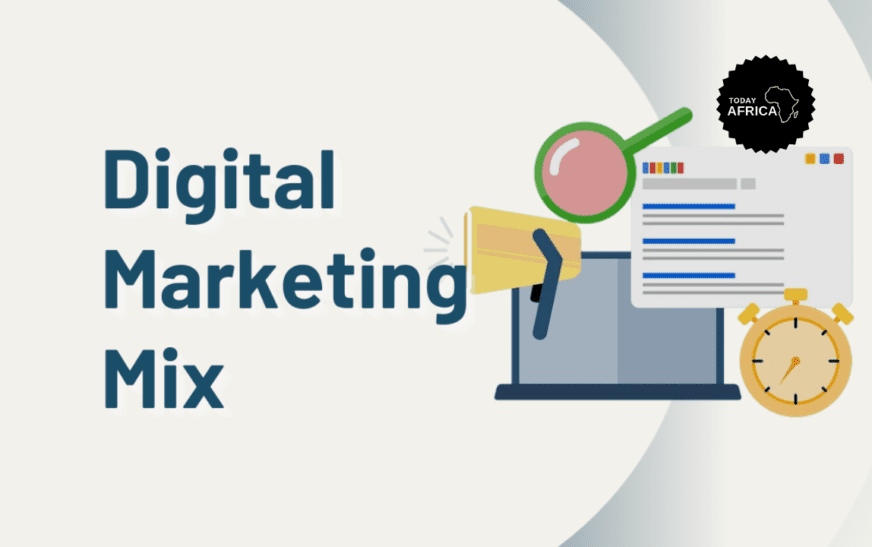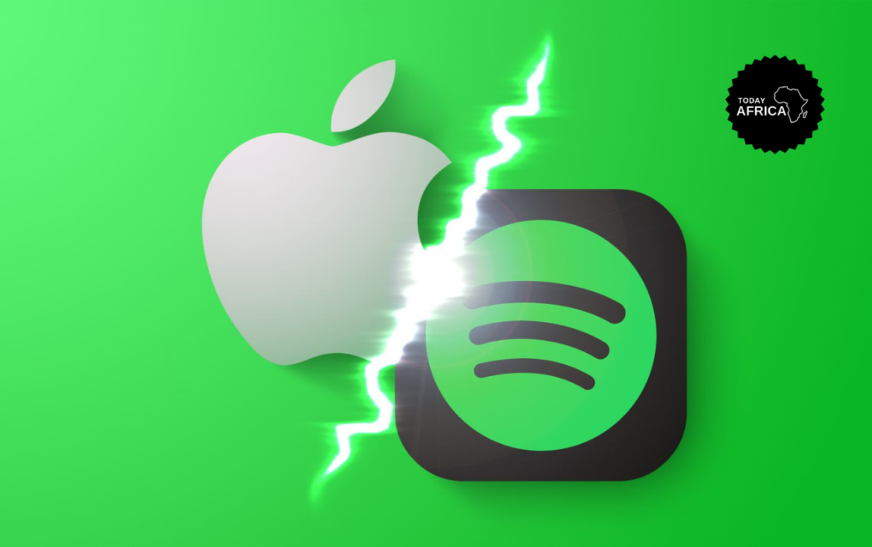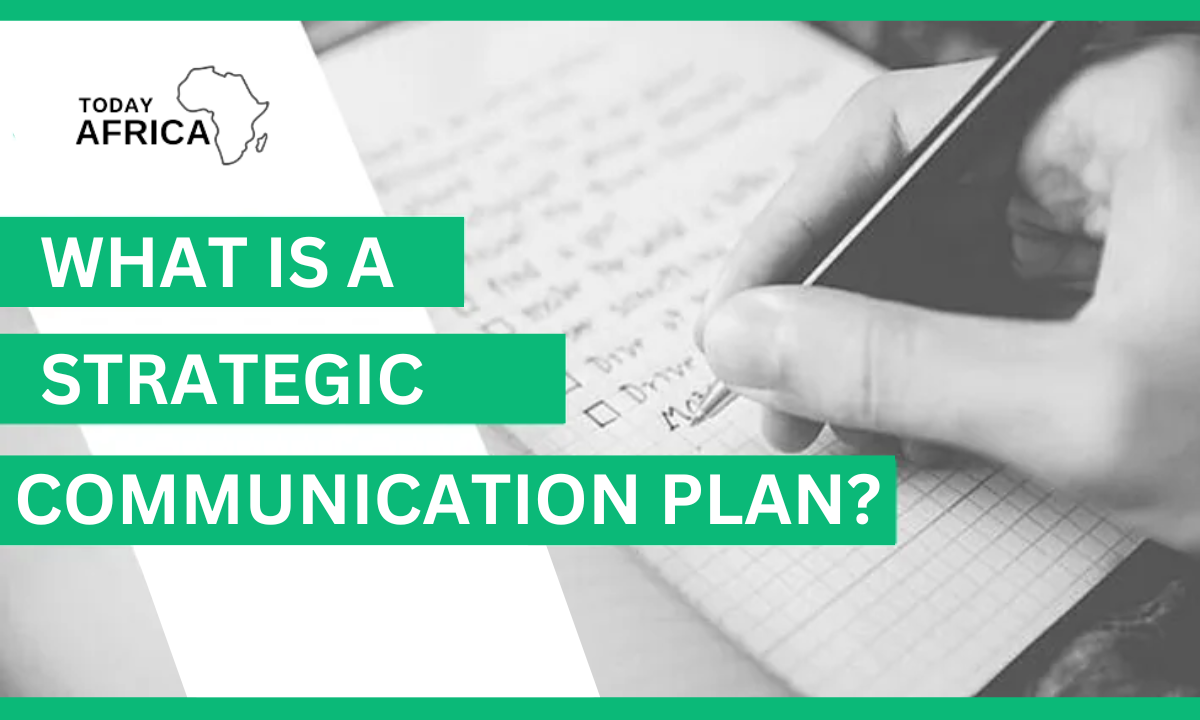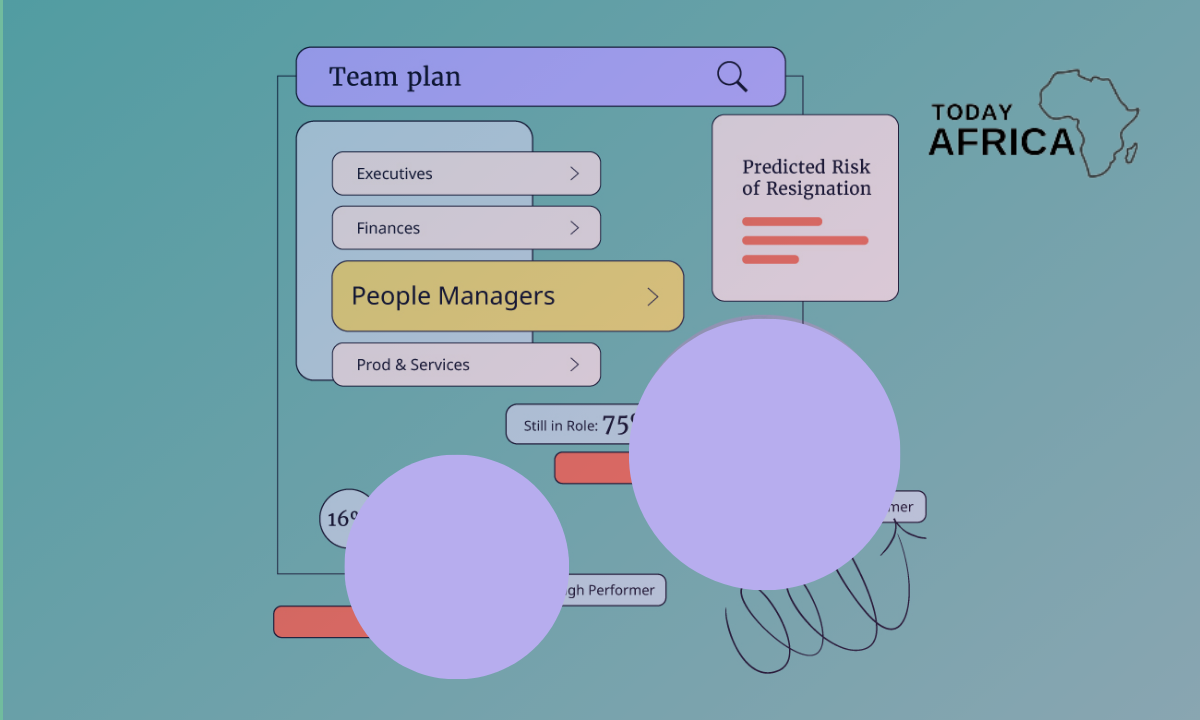Are you planning to start your own company? When running a business, it’s essential to use the appropriate brand promotion strategy for a particular target market.
Amidst the continual rise of the technological era, one of the most suitable methods is the digital marketing mix.
As businesses continue to become more technology-dependent, so does marketing. And companies worldwide have found a new battleground regarding marketing and sales. The digital world brought a lot of opportunities for enterprises that dare to utilize its various potentials.
This article will expose you to what is digital marketing mix and 7Ps of digital marketing mix.
What is Digital Marketing Mix?
A digital marketing mix is an approach to a marketing strategy that provides a balance of multiple media channels.
The term “mix” means a combination of different digital platforms, including social media, emails, websites, and podcasts. This marketing mix aims to create a complete and comprehensive marketing program that covers each audience, goal, and objective.
This approach is a model business people can easily use so that they can learn the benefits of a comprehensive digital strategy.
Before the explosion of the internet, the 4Ps were the foundation of any successful marketing plan. They include:
- Product
- Price
- Place
- Promotion
In this era of internet marketing, referring to only the 4 Ps can limit your brand’s reach.
According to WordStream by LocaliQ, 72% of marketing budgets are reserved for digital channels, increasing digital marketing’s share of advertising to 55%. With that increase, the concepts of product, price, place, and promotion also needed to grow.
The digital marketing mix is an expansion of Kotler’s traditional marketing tools. The 7 Ps of digital marketing include product, price, place, promotion, people, process, and physical evidence.
The 7Ps of the Digital Marketing Mix
Let’s jump into defining the digital marketing mix and explaining how using these 7Ps can help you build on your existing approach to better reach your customers.
1. Product
Product refers to the ‘thing’ you offer that your target audience wants. This can be a physical, tangible item, or an intangible service. From gadgets to home insurance or a digital marketing agency, a product is the item or service the user seeks to fill a need.
If it helps, think of the product in terms of supply and demand. All consumers have wants and needs. You are in business because you offer something that is wanted or needed by a consumer. Your product supplies that consumer’s demand.
Focus on your consumer first
A lot of businesses think they have a great product and then try to market it to the public and fail. Most times, it’s because of poor market research. They have not asked the fundamental question: Why do people want this?
If there’s no need for your product, it won’t sell. Understand the consumer demand first and then design your product around that need. From there, identify your unique selling point (USP) that makes your product valuable to buyers and differentiates you from competitors.
Product questions to ask yourself:
- What does the customer want from my product? What need(s) does it satisfy?
- What is my USP?
- What advantages does my product offer to meet the user’s needs?
- How do I differentiate my product/service from competitors?
- Are there features a competitor product has that mine does not? Are there features that the consumer does not deem valuable or worth paying for?
- Does my product have a name? How is it branded?
- How do I intend consumers to buy my product? Are they using it correctly? Where will they use it?
2. Price
Price is what the consumer is willing to pay for your product. While it’s a generally easy concept to understand, it can be tricky for many businesses to apply. Prices that are too high push users to search elsewhere; prices that are too low cut into your profit margins.
Understanding your target audience and the relationship between perceived benefits, price, and value can help simplify the process.
If perceived benefits increase or price decreases, the perceived value should generally go up. But if perceived benefits decrease or the price increases, the perceived value goes down.
If consumers don’t see any perceived benefits in your product, or if they decide the benefits aren’t worth the price, your product’s value will decrease and you’re less likely to make sales.
Factors that affect product pricing:
There are so many factors that can impact the price of your product, some of the most common including
- Competitive offerings and prices
- Market share
- Product branding and quality
- Materials or input costs
- Customers’ perceived product value and fair price.
Depending on the factors that are most important to you and your target market, you can price your product appropriately using one of the following approaches:
- Demand-oriented pricing: set the price based on the demand for the product or service. If demand is high, consumers might be willing to pay more for the product.
- Cost-oriented pricing: consider how much it costs to make your product and markup accordingly so you see a profit.
- Profit-oriented pricing: determine your business’s profit goals and test out prices that yield your desired return on sales (ROS).
- Competition-oriented pricing: price your product similarly to your competitors to compete with their market share.
Pricing questions to ask yourself
- What is my product’s perceived value in the eyes of the consumer?
- What is the lowest cost I can charge while still selling enough to be profitable?
- Is my target market price-sensitive? What effect will changes in price do in the marketplace?
- Should I increase or lower the price?
- Are my prices competitive?
3. Place
Place refers to where the consumer is able to purchase your product. It solves the complicated process of getting the product from the manufacturer into the hands of buyers.
Traditionally, place referred to strictly brick-and-mortar locations. But the internet has added some complexities to this principle of the digital marketing mix, opening the door for many more distribution channels to meet consumers where they are.
Ecommerce sites can be an incredibly useful place to sell your product. In 2021, retail eCommerce retail sales exceeded $5 trillion US dollars globally — a number that’s projected to rise above $8 trillion by 2026.
Read Also: What is Marketing Mix in Business?
If your site is lacking online retail capabilities or you’re not selling your product through third-party marketplaces online, you’re limiting your place strategy. It’s one of the easiest ways to increase your brand’s reach.
Examples of online places include
- Websites displaying interactive ads
- Search engines highlighting shopping ads
- Google search results
- Emails
- Social channels such as Facebook, Instagram, or Pinterest
Making your products accessible to the users at a time and place that is most convenient to them will give your business a competitive advantage.
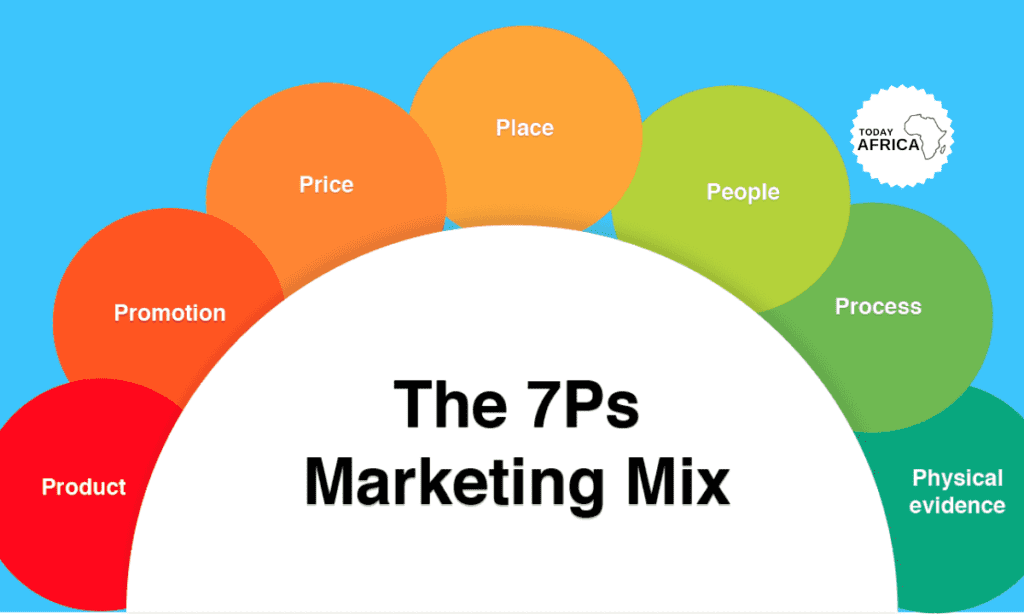
Place questions to ask yourself
- Where is my target market searching for products? Online? Direct sales?
- Do I have access to the medium or channel? Do you have expertise and knowledge of how these channels perform?
- Where are my competitors most active? Where do they push their products? Are they utilizing a channel that I‘m not?
4. Promotion
Promotion is your strategy for getting people to notice your product or service.
Thanks to modern technology, businesses have more channels than ever to communicate through. A few examples can include Google My Business listings, sponsored ads, Instagram posts, email newsletters, and much more.
These tools can help your brand personalize your marketing by tailoring your message to a specific user.
Promotion questions to ask yourself
- What potential channels are available to communicate my message?
- Where are my competitors promoting their products or services? Where are they active that we’re not?
- Which is the most effective channel to communicate through?
- What is an appropriate cadence for our promotion?
5. People
In the digital marketing mix, people refers to anyone who represents your product and comes in contact with the consumer.
Aside from your customer service team or sales force, people can include your employees, business partners, or anyone that consumers associate with your brand.
It’s important you’re hiring people who understand your brand’s vision and believe in your goals. You should be able to trust that when they come in contact with customers, they’re representing your brand in a positive light. This is increasingly important if your brand is on social media.
People questions to ask yourself
- Do my employees understand our brand identity?
- Do my business partners understand our company goals?
- Is our company culture positive?
- Are my employees skilled in basic social media strategy?
- Have I set clear expectations for my employees to follow when interacting with customers?
6. Process
Process is defined as the core tasks and operations required to deliver the product or service to your customer. This can refer to anything from logistics and shipment and delivery to wait times and check-out processes.
If your customers find your processes to be too complicated — for instance, the time from placing an order to receiving it is too long — you’re likely to lose out on future sales.
To optimize your processes and create the best experience for your potential customers, it’s critical to understand the user journey.
If you can simplify the sales funnel and make the process from initial brand discovery to purchasing feel natural, the greater your chances are to convert.
Process questions to ask yourself
- How easy is it to navigate through our website? Is it easy to make a purchase online?
- How long are our delivery times? How does this compare to competitors?
- Do we have enough staff to cover the amount of purchases/requests being made?
- Are there any internal process barriers keeping us from delivering customer value?
- Have our customers complained about our process? Where are they dissatisfied?
7. Physical evidence
This is the proof that your product or service exists and is credible. In the online universe, your brand’s digital footprint can serve as your physical evidence.
Your website is the most important measure of physical evidence for most people. If it’s up-to-date and easy to navigate, your brand can seem more trustworthy.
Personal touches like thank you notes, confirmation emails, and receipts after a purchase can be another piece of physical evidence to keep your brand top-of-mind for customers.
Additionally, it’s important your brand is represented on social media. You should be prioritizing creating solid brand awareness across multiple platforms and channels. Existing on these platforms and staying active can build credibility.
Physical evidence questions to ask yourself
- What post-purchase procedures do we have in place? Is there anything we could improve on?
- Are we represented across multiple channels? Is our branding consistent across each?
- Does our website provide a positive first impression? Is the UX positive?
- Are we actively responding to customers on social media or via email?
Increase your share of voice by choosing an integrated marketing approach. When you start using the 7Ps of the digital marketing mix, you can multiply your reach using a consumer-centric strategy.
References:

